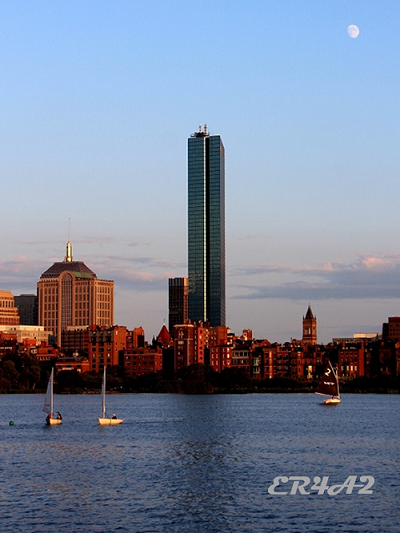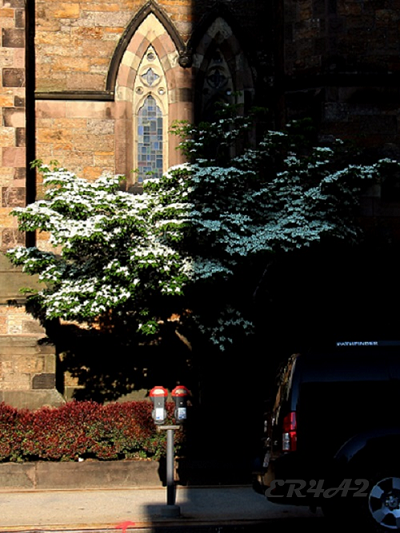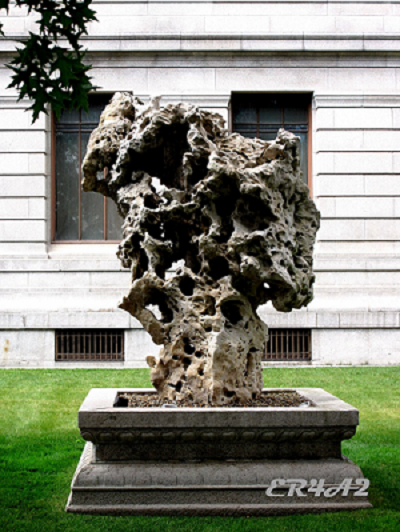Do We Really Understand Chinese Civilization?
|
No other American city is more Chinese than Boston. When you take a walk on Longfellow Bridge, you would immediately see the two landmarks greeting each other across the Charles River: the John Hancock Tower on the Boston skyline and the Green Building on MIT campus. Behind them there is a common Chinese American name: I. M. Pei.
And each year Boston kicks off its summer season when Chinese dogwood announces its enthusiasm with layers over layers of snow white flowers, often surprising you at your next turn in one of city’s neighborhoods or campuses. Chinese dogwood may best symbolize the fruition when the good part of Chinese civilization and the fine element of American culture work together. While a favorite among many gardeners in the U.S., dogwood in China is still a wild plant, known to most Chinese only because it is mentioned in one of classical Chinese poems. It is in America that the plant is further domesticated and cultivated, unleashing its full potentials and beauty, just as numerous bright Chinese Americans. Just as it is painted with a shining stroke of Chinese vibrancy, Boston unfortunately is also tainted with spots from the dark side of human nature that many Chinese would feel so familiar with. Boston is a target of aggressive Chinese influence. Boston is a good place to start a discussion on matters of Chinese relevance. Yet to most Americans outside the Chinese American community, Chinese civilization remains largely a puzzle even today. In her visit to Beijing in April, 2018, Massachusetts Democrat and U.S. Senator Warren said that U.S. was waking up to Chinese abuses and for past decades America’s “whole policy [towards China] was misdirected. We told ourselves a happy-face story that never fit with the facts.” Her remarks reflect an embarrassing, disturbing and stark reality: our collective failure, on the part of mainstream academics and think tanks in particular, in understanding and presenting a true picture of Chinese civilization in the past; they failed to come up with a practical paradigm for devising a grounded and effective long-term national strategy towards China. Such misconception about China has its illustration in Boston: the late Harvard Professor Samuel P. Huntington, a brilliant political scientist who had presciently foreseen many challenges that are facing the world today, set his GPS too “big-pictured” on Chinese civilization. He took “Confucianism” as the dominant, if not the only, influence in Chinese civilization, without adequate recognition of other forces—often hidden in the dark and some still uncharacterized—that interplay simultaneously with Confucianism in the Chinese society. In this section, Dr. Gang Xu will examine different facets of Chinese culture, to promote the good part of Chinese civilization and to identify those corrosive undercurrents that are eating away the foundation of the U.S. society at an alarming pace in the past ten years or so. If he is still alive and able to work a few months after the launch of this website, he will work to present a working model of Chinese civilization in lieu of Dr. Huntington’s "big GPS map". This section is thus organized into two parts: 1) the good component of Chinese culture, as symbolized by Confucius and his true teachings, and 2) the manifestations of China's dark side, as ingrained through its history and continue today. Click below to enter: |
May 14, 2019





